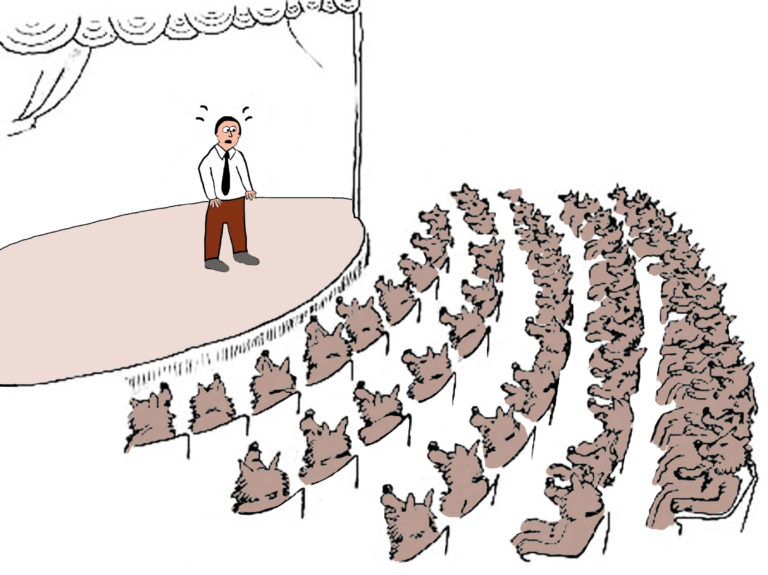
In my opinion, there are multiple events that will make a recession in the next few years inevitable. Those include stubborn inflation, the drawn-out war in Ukraine, global political unrest, continuing supply chain issues, and the financial burdens of extreme weather events along with other consequences of global warming. This will cool the strong revenue growth of equine practices. But, because the top 1% of U.S. income earners became markedly wealthier during the last decade, they will continue to enjoy equine sports despite the downturn.
Equine veterinarians will likely have fewer middle-income clients, but wealthy clients will continue to demand a high level of services. Practices closer to urban areas will thrive, especially those near established equine competition venues.
Rural areas will continue to use doctors from mixed animal practices. In more remote or impoverished areas, paraprofessionals similar to Physicians Assistants might arise due to a lack of clients who are able or willing to pay for the services of a veterinarian.
The total U.S. horse population will continue to slowly decline as many horse owners are priced out of the market. Racing and rodeo will continue to struggle to retain social license, as society withdraws approval of sports that appear to them to be harmful to the animals involved.
While most large referral hospital practices will be corporately owned, small private equine practices will dominate in many markets. These small practices will continue to thrive as veterinarians choose to chart their own courses, make their own rules and earn more income as practice owners than they would as associates.
Veterinary technicians will be utilized to provide selected services, especially as some earn more advanced degrees. Fees for services will be sharply higher, allowing equine veterinary compensation to be nearly comparable to that in companion animal practices.
Emergency cooperatives will be the norm in many areas, and many practices will refer after-hours cases to the corporate hospitals after a certain time in the evening. Some practices will require emergencies to haul into their small clinics and might charge higher fees to see horses in the ambulatory setting that are recumbent or unable to withstand travel. Emergency Service Only practices will be present in areas with high numbers of horses, providing multiple regional practices with urgent care for their clients. These businesses might charge a subscription fee to participating practices or have higher client fees in order to be profitable. Ambulatory emergency care will be more expensive when it is available.
The physicality and injury risks of equine practice will still dissuade some from pursuing a lifelong career in equine medicine, but a new culture of practice will make safety of practitioners the norm rather than the exception. Practices will be more inclusive, collaborative and team-centered. Adoption of technology will result in improved team communication and streamlined customer service. Almost all practices will have payment at the time of service and minimal accounts receivable.
Because horses will be increasingly expensive, preventative health care will be more highly valued. That means veterinary treatment will be sought early and often for sick or injured equines. With medical advances continuing to develop, clients will increasingly demand the highest level of care, creating opportunities for practices to partner in offering new diagnostic modalities and to work collaboratively.
Equine practice will continue to be a wonderful career. And it will be improved by the new culture that values a full life outside of work, shorter work hours, better boundaries, and higher compensation for the professional horse doctor.
Disclaimer from sponsor: This content is subject to change without notice and offered for informational use only. You are urged to consult with your individual business, financial, legal, tax and/or other medical providers with respect to any information presented. Synchrony and any of its affiliates, including CareCredit, (collectively, “Synchrony”) makes no representations or warranties regarding this content and accept no liability for any loss or harm arising from the use of the information provided. All statements and opinions in the article are the sole opinions of the author. Your receipt of this material constitutes your acceptance of these terms and conditions.








